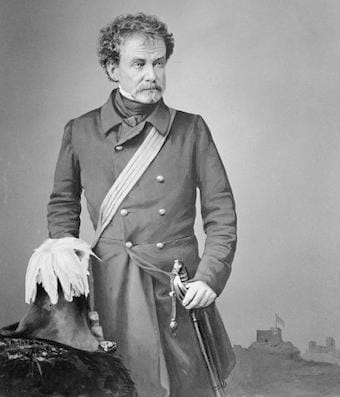In 1857, a revolt broke out in the British East India Company’s militia. Lord Dalhousie, Governor of Bengal, had pursued an aggressive policy of territorial gain in Oudh and several other areas of northern India, and had overruled rulers of princely states in matters of succession and property rights that they felt were beyond his authority.
The annexation of territory was not the only source of complaint. As more and more was demanded of sepoys, who outnumbered Europeans five to one, dissatisfaction grew with pay and conditions. Meanwhile, Dalhousie’s reforms to Indian inheritance laws and religious customs, combined with the advent of the telegraph and the railways, made conservatives anxious for India’s traditional social fabric.
Some also quoted an old saw that rulers in India changed every hundred years, and prophesied that the next change was due. When the Company’s militia was issued with rifle bullets greased with pork and beef fat, anger at the Company’s mismanagement was compounded with outraged religious feelings, sparking a revolt at Meerut on May 10th, 1857.
170 words



